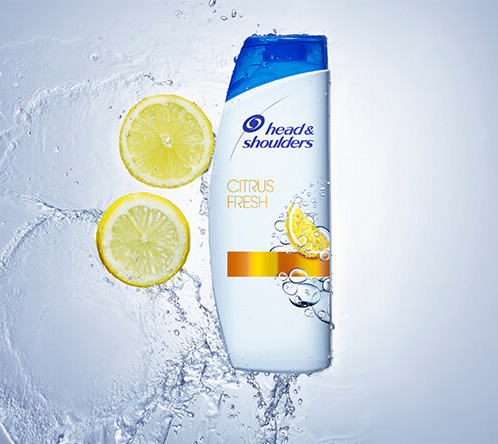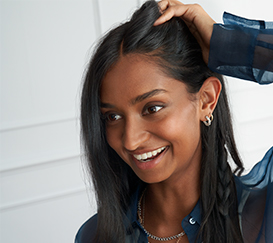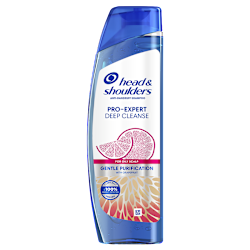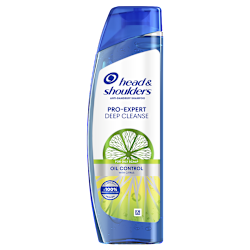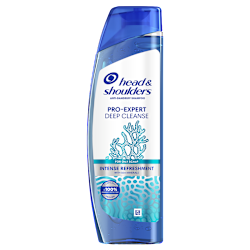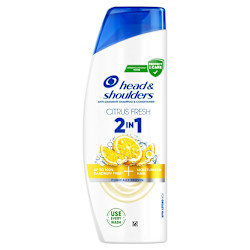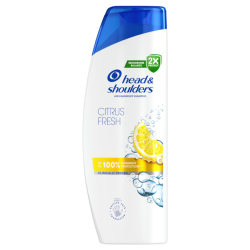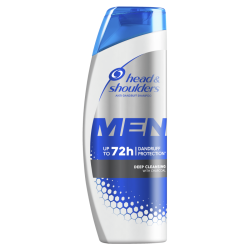Greasy hair after washing: stop it for good!
In this article:
- Go to sectionWet hair damage explained
- Go to sectionWhy wet hair is weaker
- Go to sectionHow washing your hair affects greasiness
- Go to sectionBe cautious with conditioner
- Go to sectionHow to take care of wet hair
- Go to sectionUse the right shampoo to keep your hair strong
- Go to sectionCan you see dandruff on wet hair?
- Go to sectionCan you get dandruff if you don’t wash your hair
- Go to sectionWet hair and your scalp
- Go to sectionA perfect microclimate for dandruff
- Go to sectionProtect your scalp
We’ve been told the dangers of wet hair since childhood. What’s the truth, and what does it mean for your scalp?
Colds, sore throat, runny nose. Since childhood we’ve been told that these are the consequences of going to sleep or leaving the house with wet hair.
There is a lot of evidence that shows that wet hair is weaker, and more prone to damage or breakage.
But the problems of wet hair can extend further, to your scalp.
Wet hair damage explained
Generally speaking, hair is strong stuff – each strand can hold up to 100 grams of weight. But there is a definite exception to this rule: wet hair.
Wet hair is far weaker than dry hair, being more susceptible to breakage and damage from just about anything – heat and pulling on the hair strands are more likely to damage wet hair than dry.
Why wet hair is weaker
Hair is made up largely of a number of proteins called keratins. These are safely ensconced in cuticles, a protective covering a bit like flexible armour.
When hair is wet, proteins form weaker bonds (hydrogen bonds), than when the hair is dry (protein-protein bonds). This makes the hair easier to damage.
That’s because when damp hair is combed, it stretches. Unfortunately, when hair is stretched, it doesn’t snap back into shape like a rubber band can.
Instead, the stretching deforms the cuticle, causing cuticle edges to lift up and crack. Even after the fibre relaxes back, its cuticle armour can stay lifted, making your hair feel rough and damaged.
This means that wet hair needs extra care to keep it in good shape.
How washing your hair affects greasiness
When your hair starts to appear greasy, your natural reaction is to want to wash it straight away to get rid of the grease.
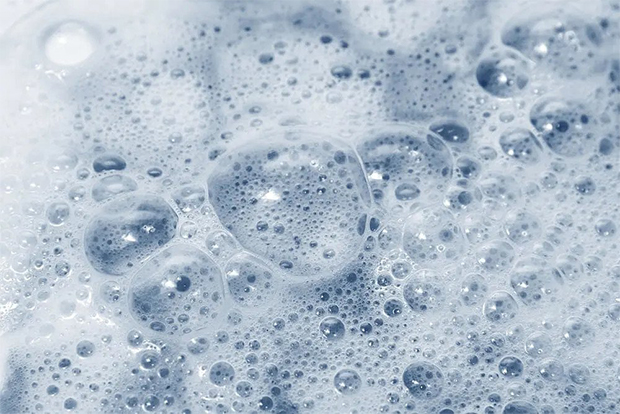
Washing your hair is important to get rid of excess oils, as well as dirt and product build-up.
Warm water helps to soften the grease, but it doesn’t wash it away on its own. You need to use a shampoo to properly clean your hair and scalp.
The oils on your hair and scalp are hydrophobic, which means ‘water-fearing’ – a shampoo’s job is to emulsify the oils - make it easier for them to mix with water - making it really easy to rinse them away.
Natural oils are needed to keep your hair and scalp hydrated, moisturized and healthy.
So, although you want to remove the excess build-up to avoid greasy-looking hair, it’s important not to completely strip all the natural oils.
Your body produces oils at a pretty constant rate - no matter how frequently or infrequently you shampoo.
This means over-washing can lead to scalp and hair dryness - your body can’t compensate by producing “extra” oil.
So, it’s important to wash your hair regularly enough to keep it nice and clean, but not too often as this could lead to dryness.
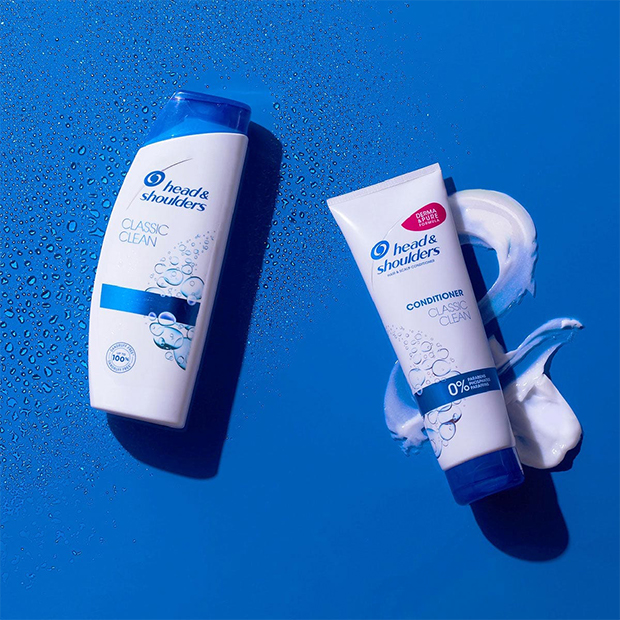
Be cautious with conditioner
Make sure to thoroughly rinse conditioner from your hair, as build-up at the roots will make your hair look greasier.
Everybody’s different. If you’re prone to oily hair, daily washing could be the best approach; look for a shampoo that’s gentle enough for everyday use.
Depending on hair type and lifestyle, you might need to wash it more or less than this- our surveys of people from around the world find that people wash their hair about 3 times a week on average, but habits vary widely. Just work out what’s best for you.
You need to choose the right shampoo to effectively clean your hair.
Our Citrus Fresh Shampoo is proven to give your hair and scalp a deep clean, tackling dandruff and keeping excess oils under control.
Its pH balanced formula is gentle on hair, and suitable for everyday use.
Your hair will have a clean feel you’ll notice from the first wash.
How to take care of wet hair
To make sure that your hair stays strong and supple, it’s important to keep some things in mind:
When finished washing your hair, squeeze out excess water with your hands
Instead of rubbing hair dry with a towel, blot carefully instead, working from the roots down
Do not use too much heat on your hair. While dry hair can withstand temperatures up to 350°F (180°C), wet hair needs a gentler touch
Use a wide-tooth comb or your fingers to gently detangle wet hair. To avoid knots, work in sections: first detangle the ends of your hair, then the middle to the ends, and finally roots-to-tips.
Along with these basic guidelines, avoid straightening hair at all when it is wet – modern straighteners get up to temperatures of nearly 400 Fahrenheit (over 200oC) and more.
This can actually boil water inside your hair, and cause permanent blisters to form inside your hair. Hair is very vulnerable to break off at these sites.
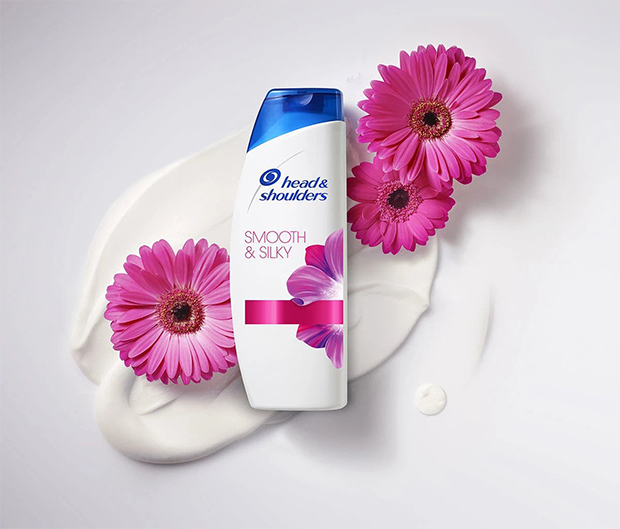
Use the right shampoo to keep your hair strong
Aside from the styling tips, there is something you can do to keep your hair strong and less prone to breakage.
Like choosing the right shampoo and caring for your scalp.
Your scalp is the foundation from which your hair grows and with a healthy scalp, you’ll grow stronger, healthy hair.
So, make sure to address sensitivity promptly with a proven scalp care shampoo.
All our shampoos care for your scalp and tackle dandruff – a condition that’s been shown to damage the scalp and consequently the hair.
There’s also our strengthening variant – Full & Thick Shampoo - that strengthens hair from damage with every wash.
So, choose the right shampoo and the right styling routine and you can avoid problems with damage when your hair gets wet.
Can you see dandruff on wet hair?
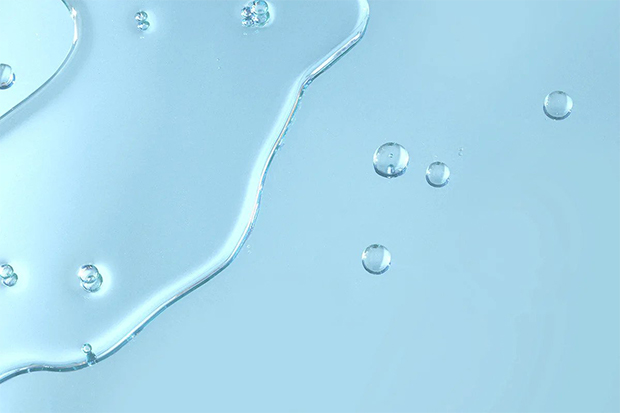
While your hair is still wet, it can be harder to see the flakes of dandruff.
That’s because even the worst shampoo will wash away a few loose flakes, making it harder to tell if there is actually a problem. Also, the water wets the flakes that remain, making them more transparent and difficult to see.
And if there is a problem, this sort of shampoo will do little to help – instead the temporary effects of washing some flakes away will quickly be replaced by the symptoms of dandruff.
So, if your head is itchy and your scalp sensitive, you’ll need a more reliable way to find out if you have dandruff.
A far better idea is to check when your hair is dry, just before your next shampoo.
In many cases, you’ll see loose flakes in your hair or on your shoulders, but you could also rub your hair vigorously with your head angled downward to see whether any flakes fall out (this is especially effective on dark-coloured surfaces).
In clinical tests, graders look for “adherent” flakes, the ones that are still attached to the scalp.
You can try this for yourself: part your dry hair in various places and checking in the mirror will give you a good view across the whole scalp to see what’s going on.
Beyond the flakes, you should also look out for the other signs of dandruff – itch, dryness and redness.
Once you’ve figured out whether you do have dandruff or not, you can work out your next plan of action.
Can you get dandruff if you don’t wash your hair
There are a lot of myths surrounding dandruff, including the new idea that not using shampoo will prevent it completely. New trends like the “no poo” movement and homemade remedy movements now claim that not only are anti-dandruff shampoos ineffective, they may even cause dandruff themselves.
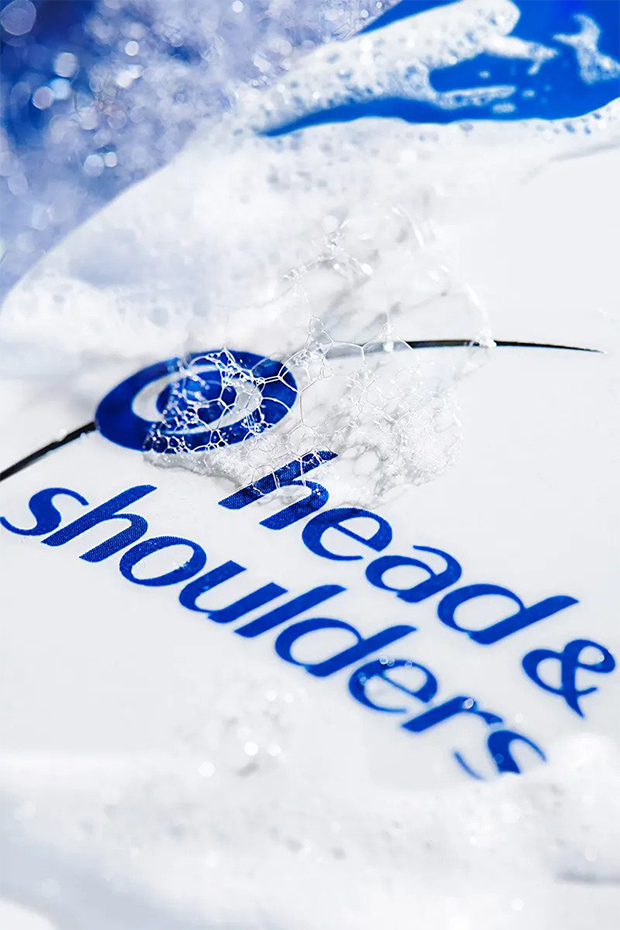
It’s something we hear a lot – ‘Head and Shoulders actually causes dandruff’.
Fortunately, we’ve conducted more than 200 clinical studies of dandruff and dandruff treatments, so we can prove this one’s completely false.
In fact, shampoos like Head & Shoulders are very effective. But just because you used it once, it doesn’t mean that dandruff won’t come back.
Wet hair and your scalp
The biggest problem for your scalp when it comes to wet hair has a lot to do with fungus.
Our scalps are home to a large variety of microbes, and most of these are pretty harmless. Some, like Malassezia globosa however, can be less so.
Malassezia globosa is totally natural, but in half the world’s population it causes dryness, itch and flakes – yes, dandruff.
That’s where wet hair can cause a problem.
A perfect microclimate for dandruff
Wet hair causes problems by giving Malassezia globosa its ideal growing environment.
Particularly in humid weather, the combination of warmth and damp between the hair and scalp is a great way to encourage Malassezia globosa growth.
Sleeping with wet hair can lead to similar problems: your pillow can hang on to moisture, and keep your head damp for longer - making the ideal conditions for Malassezia globosa to thrive.
Protect your scalp
Luckily, it’s easy to protect your scalp from these problems.
Simply drying your hair properly before you go out or fall asleep will make it far harder for dandruff-causing microbes to take hold.
Some points to remember:
Always squeeze excess water out of your hair gently before you dry it
Don’t rub your hair with a towel, rather pat dry to avoid damaging hair’s cuticle
If using a blow dryer, keep it on a low setting, as the heat can also damage your hair and scalp
Along with these tips, using a proven anti-dandruff shampoo regularly will help tackle the root cause of dandruff to stop it from coming back.
Our Classic Clean Shampoo is our most popular one with great cleaning action and proven dandruff-fighting power.
There are plenty more too like shampoos that cool to relieve itch, extra conditioning shampoos and some fantastic scents too.


